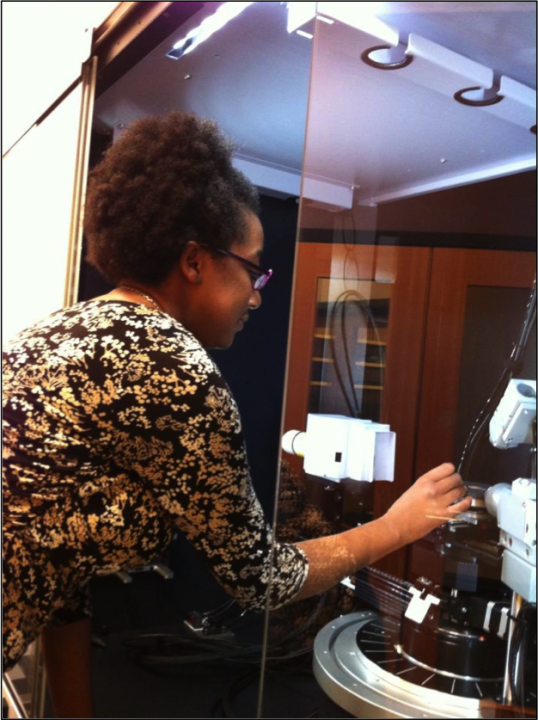Ceramics Project
Characterizing Ceramics from Okinawan 17th-18th Century Kiln Sites
Okinawa has a rich ceramic history that is still thriving today. Okinawan ceramics are predominantly earthenware and stoneware, and include both glazed (jo-yachi) and unglazed (ara-yachi) varieties.
The goals of this ongoing research project are to scientifically characterize and determine the provenance of 17th-18th century ceramics made in key Okinawan kiln sites. First, this comprehensive study is applying scientific techniques to the characterization of Okinawan ceramics. Second, the study is investigating methods to different between ceramics made on different Okinawan islands, such as the Okinawan main island vs. Ishigaki Island.
Institutions participating in this study:
| Institution | Kiln Site Representing | Island |
|---|---|---|
| Naha Municipal Tsuboya Pottery Museum | Tsuboya Kiln | Okinawa Main Island |
| Yomitan Museum of History & Folklore | Kina Kiln | Okinawa Main Island |
| Okinawa City Municipal Museum | Chibana Kiln | Okinawa Main Island |
| Okinawa Prefectural Archaeological Center | Wakuta Kiln | Okinawa Main Island |
| Ishigaki City Board of Education | Fushina Kiln | Ishigaki Island |
| University of the Ryukyus | Akobana Kiln | Ishigaki Island |
Examples of scientific techniques used in this study

Microscopy techniques give us a more in-depth look into Okinawa ceramics. This includes the Scanning Electron Microscope, Transmission Electron Microscope, Polarized Light Microscope, and stereo binocular microscope. These techniques are used to identify elements and minerals as well as their distribution within ceramics samples. Additionally, these high resolution microscopes will be used to investigate Okinawan ceramic micro- and nano- structures, as well as to identify any modifications that potters may have made to their clay (such as addition of temper).
What makes this study significant?
Pottery has been made in Okinawa for thousands of years and both its manufacture and use have cultural significance. Okinawa’s uniquely international history as the Ryukyu Kingdom presents interesting historical questions regarding the origins of artifacts. These include questions regarding manufacture technology development, artifact provenance, and the origins of the raw materials used to make Okinawan artifacts.
Okinawa's geographic location between mainland Japan, Taiwan, China, and Korea, make it ideal as a trade port. Subsequently, the 1609 Satsuma invasion of the Ryukyu Kingdom from southern Japan brought major changes in Okinawan life, the results of which have left clues in the pottery from that time. In the 17th century, importation of foreign pottery decreased, the demand for local craft production increased, and pottery glaze techniques were introduced to Okinawa. Therefore, in the 17th and 18th centuries Okinawan pottery increased both in diversity and quantity, while also changing stylistically. All of these factors make this an extremely interesting time period to study Okinawan life and ceramics.
The Ryukyu Kingdom’s trade based economy has resulted in many different influences on Okinawan artistic styles, the art materials used, and the local archaeology. Trade and transportation of raw materials, the subsequent trade of completed ceramic vessels, and similarities in style all can make differentiating between objects made at the various Okinawan kilns sites quite difficult. This ceramic study aims to help elucidate past Okinawan pottery techniques as well as provide insights into the trade practices of the people from that time.
Current Kiln, Yomitan Pottery Village (Yachimun no Sato)



